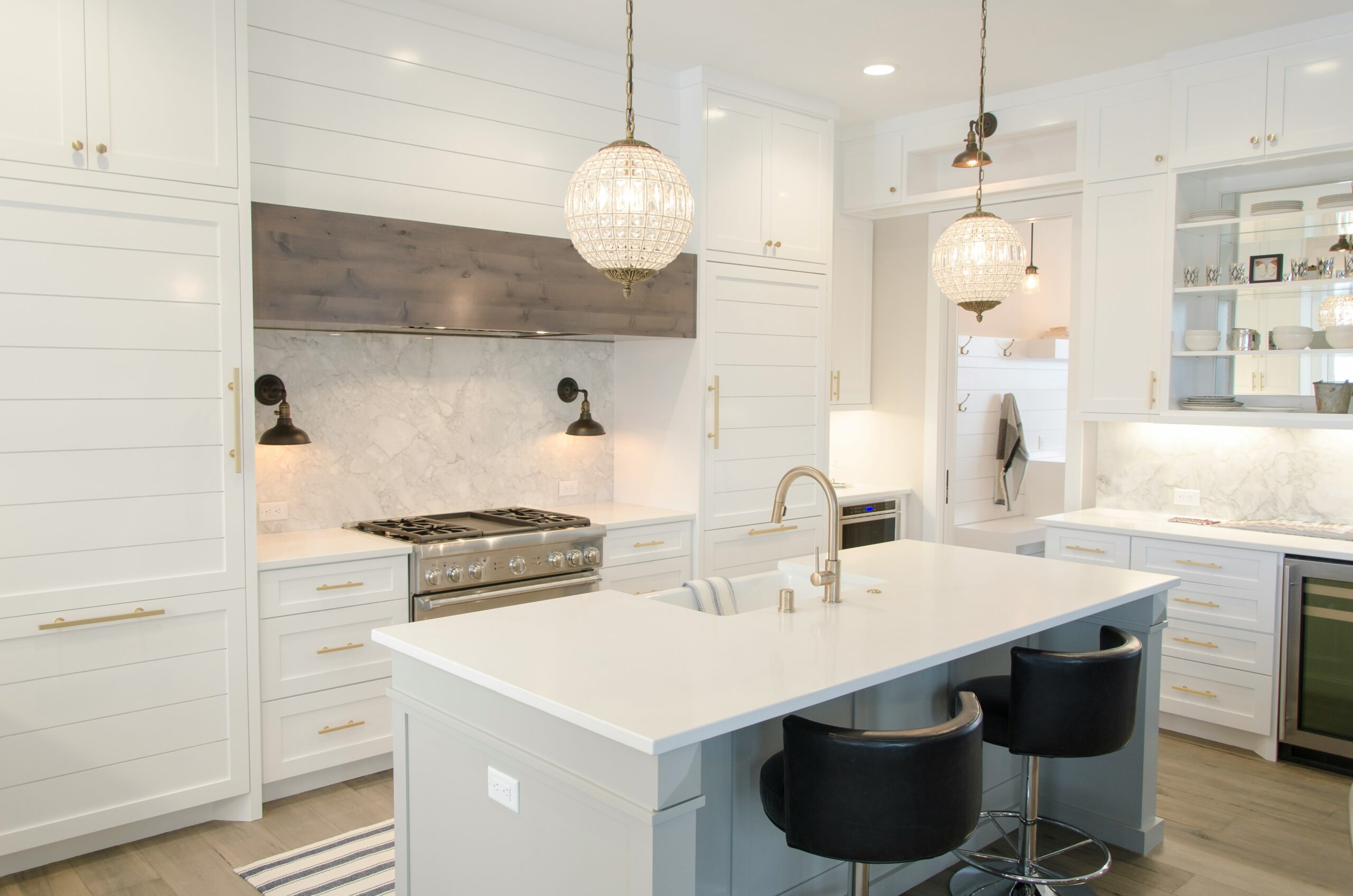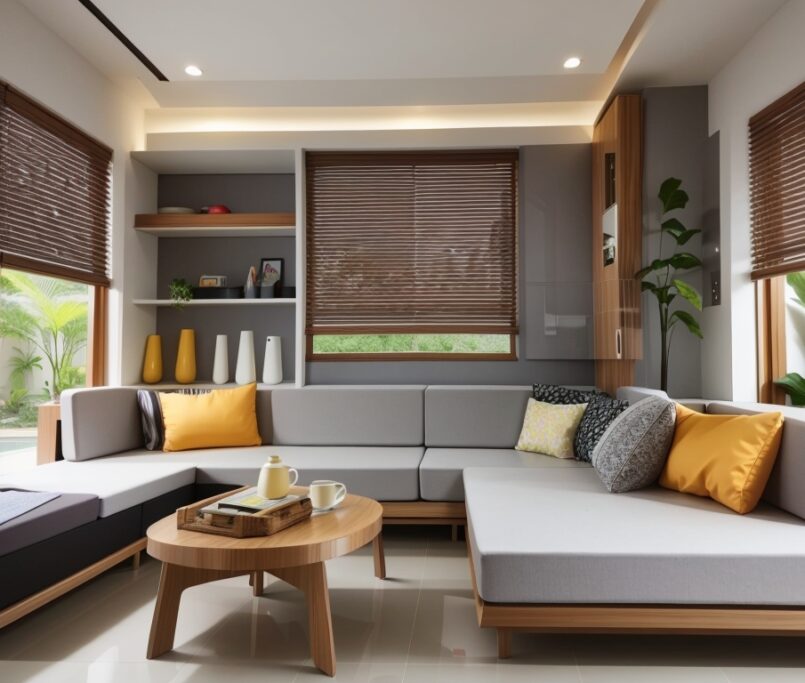A Guide to Designing a Functional and Stylish Kitchen
Introduction
A well-designed kitchen is the heart of any home. It is a space where meals are prepared, conversations are had, and memories are made. Whether you are renovating your existing kitchen or starting from scratch, this guide will provide you with valuable tips and ideas to create a functional and stylish kitchen that suits your needs and preferences.
1. Layout and Space Optimization
The first step in designing a kitchen is to determine the layout. Consider the work triangle, which consists of the refrigerator, sink, and stove. These three elements should be arranged in a way that allows for efficient movement and easy access. Additionally, make sure to optimize the available space by utilizing corners, installing storage solutions, and maximizing vertical storage.
2. Cabinets and Storage
Cabinets play a crucial role in both the functionality and aesthetics of a kitchen. Choose cabinets that not only complement the overall design but also provide ample storage space. Consider options such as pull-out shelves, built-in organizers, and vertical dividers to maximize the storage capacity. Additionally, incorporating a mix of open shelves and glass-front cabinets can add visual interest and allow for display of decorative items.
3. Countertops and Surfaces
When selecting countertops, prioritize both durability and style. Popular options include granite, quartz, and marble. Consider the maintenance requirements and choose a material that suits your lifestyle. Additionally, ensure that you have enough counter space for food preparation and other tasks. Along with countertops, pay attention to the backsplash, flooring, and other surfaces to create a cohesive and visually appealing look.
4. Lighting
Proper lighting is essential in a kitchen to ensure safety and functionality. Incorporate a combination of ambient, task, and accent lighting to create a well-lit space. Install overhead lights for general illumination, under-cabinet lights for task lighting, and pendant lights or chandeliers for a decorative touch. Consider natural lighting as well by incorporating windows or skylights to bring in natural light during the day.
5. Appliances
Choose appliances that not only meet your cooking and storage needs but also fit seamlessly into the overall design of your kitchen. Stainless steel appliances are a popular choice for their modern and sleek look. Consider energy-efficient options to reduce your carbon footprint and save on utility bills. Additionally, plan the placement of appliances carefully to ensure easy access and smooth workflow.
6. Colors and Finishes
The choice of colors and finishes can greatly impact the overall look and feel of your kitchen. Opt for a color scheme that reflects your personal style and complements the rest of your home. Neutral tones such as white, gray, and beige are timeless and versatile. Incorporate pops of color through accessories and decor items. Pay attention to the finishes of hardware, faucets, and fixtures to create a cohesive and polished look.
7. Functionality and Ergonomics
Consider the functionality and ergonomics of your kitchen design. Ensure that the height of countertops, cabinets, and appliances is suitable for your needs. Plan for enough storage space for frequently used items and group similar items together for easy access. Additionally, incorporate features such as a pull-out pantry, a built-in garbage and recycling system, and a well-designed kitchen island to enhance functionality.
8. Personalization and Decor
Add a personal touch to your kitchen by incorporating elements that reflect your personality and interests. Display artwork, family photos, or a collection of cookbooks on open shelves or walls. Consider adding a statement piece such as a unique light fixture or a colorful backsplash. Don’t forget to include plants or fresh flowers to bring life and freshness to the space.
Conclusion
Designing a functional and stylish kitchen requires careful planning and attention to detail. By considering the layout, storage options, lighting, appliances, colors, and personalization, you can create a kitchen that not only meets your practical needs but also reflects your personal style. Remember to prioritize functionality, optimize space, and choose durable materials to ensure that your kitchen stands the test of time.




